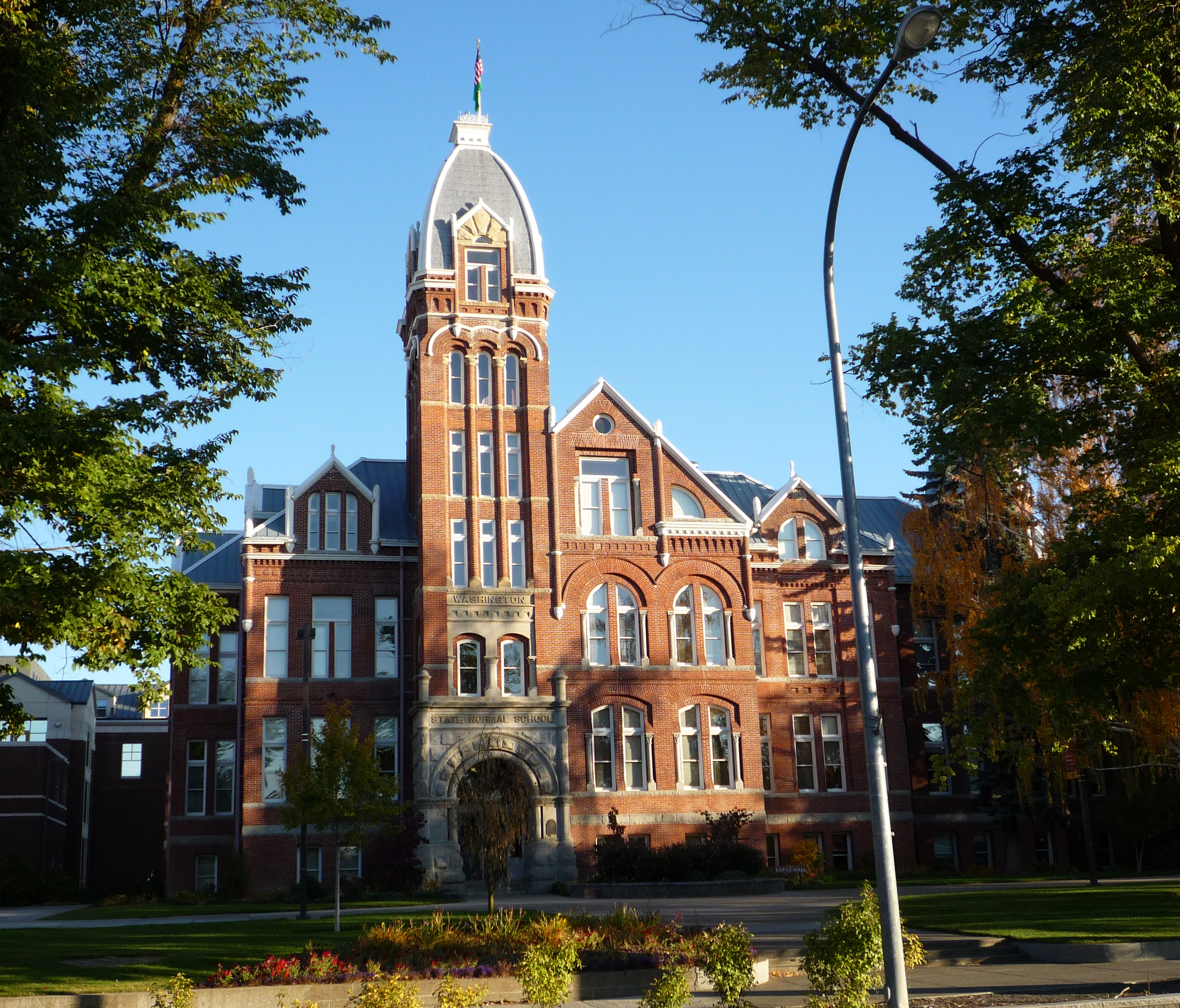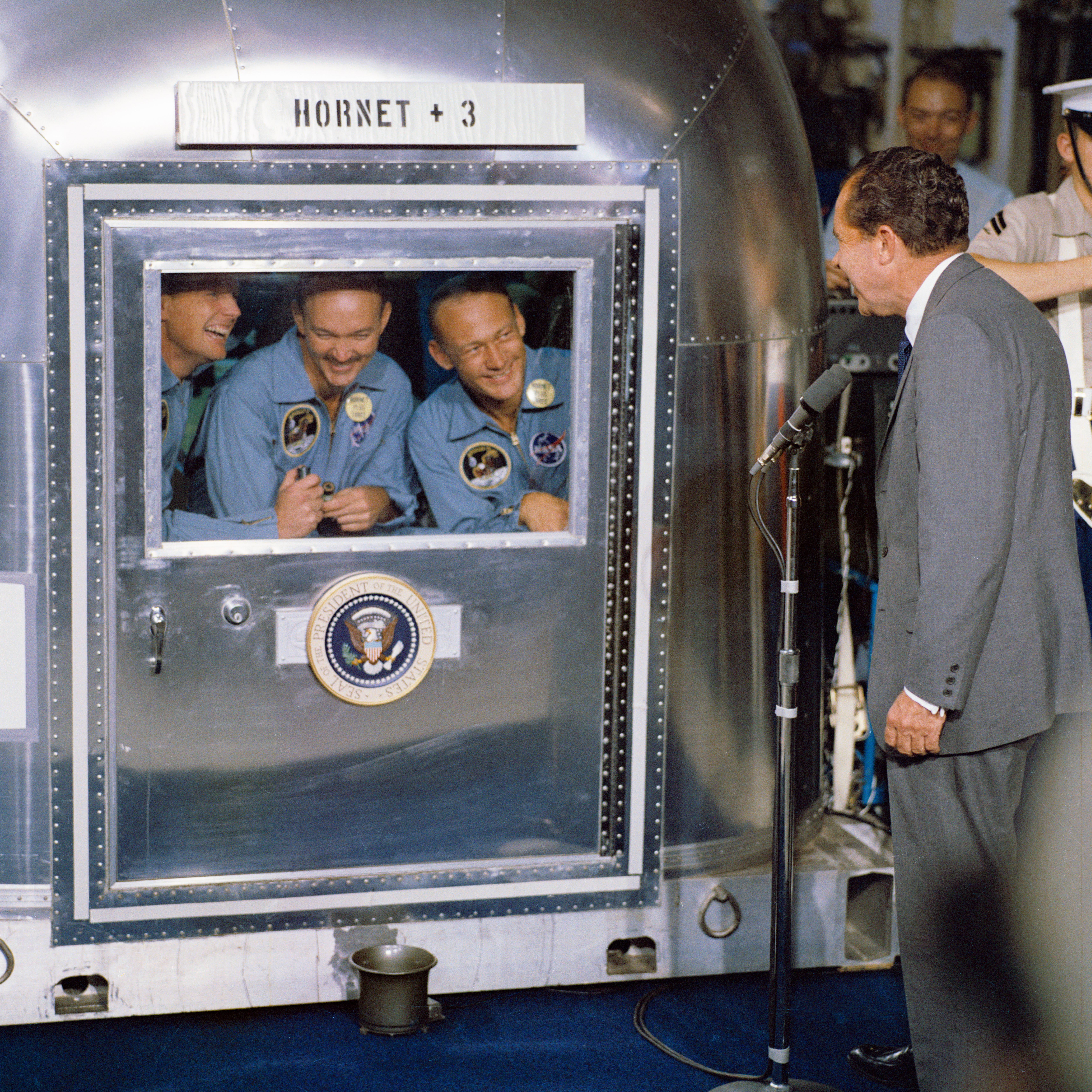|
Beatrix Gardner
Beatrix Tugendhut Gardner (July 13, 1933 – June 5, 1995) was an Austrian zoologist who became well known for the research that she conducted in the United States. She is most well known for her sign language studies with Washoe the chimpanzee, who was the first ape to learn sign language. Early life and education Gardner was born on July 13, 1933 in Vienna, Austria. She lived in Poland during Nazi rule, and moved with her family to a suburb in São Paulo, Brazil, to escape the Nazis. She and her family remained in Brazil for six years, at which point Beatrix moved to the United States to attend school. Beatrix, often spelled "Beatrice", attended Radcliffe College in Massachusetts and received her bachelor's degree in 1954. In 1956, she earned her master's degree from Brown University, working with Carl Pfaffman. She completed her PhD in zoology at Oxford University in 1959 where she studied under the mentorship of Niko Tinbergen. Her focus was studying food deprivation an ... [...More Info...] [...Related Items...] OR: [Wikipedia] [Google] [Baidu] |
Vienna
en, Viennese , iso_code = AT-9 , registration_plate = W , postal_code_type = Postal code , postal_code = , timezone = CET , utc_offset = +1 , timezone_DST = CEST , utc_offset_DST = +2 , blank_name = Vehicle registration , blank_info = W , blank1_name = GDP , blank1_info = € 96.5 billion (2020) , blank2_name = GDP per capita , blank2_info = € 50,400 (2020) , blank_name_sec1 = HDI (2019) , blank_info_sec1 = 0.947 · 1st of 9 , blank3_name = Seats in the Federal Council , blank3_info = , blank_name_sec2 = GeoTLD , blank_info_sec2 = .wien , website = , footnotes = , image_blank_emblem = Wien logo.svg , blank_emblem_size = Vienna ( ; german: Wien ; ... [...More Info...] [...Related Items...] OR: [Wikipedia] [Google] [Baidu] |
University Of Oxford
The University of Oxford is a collegiate research university in Oxford, England. There is evidence of teaching as early as 1096, making it the oldest university in the English-speaking world and the world's second-oldest university in continuous operation. It grew rapidly from 1167 when Henry II banned English students from attending the University of Paris. After disputes between students and Oxford townsfolk in 1209, some academics fled north-east to Cambridge where they established what became the University of Cambridge. The two English ancient universities share many common features and are jointly referred to as ''Oxbridge''. Both are ranked among the most prestigious universities in the world. The university is made up of thirty-nine semi-autonomous constituent colleges, five permanent private halls, and a range of academic departments which are organised into four divisions. All the colleges are self-governing institutions within the university, each controlling ... [...More Info...] [...Related Items...] OR: [Wikipedia] [Google] [Baidu] |
Herbert S
Herbert may refer to: People Individuals * Herbert (musician), a pseudonym of Matthew Herbert Name * Herbert (given name) * Herbert (surname) Places Antarctica * Herbert Mountains, Coats Land * Herbert Sound, Graham Land Australia * Herbert, Northern Territory, a rural locality * Herbert, South Australia. former government town * Division of Herbert, an electoral district in Queensland * Herbert River, a river in Queensland * County of Herbert, a cadastral unit in South Australia Canada * Herbert, Saskatchewan, Canada, a town * Herbert Road, St. Albert, Canada New Zealand * Herbert, New Zealand, a town * Mount Herbert (New Zealand) United States * Herbert, Illinois, an unincorporated community * Herbert, Michigan, a former settlement * Herbert Creek, a stream in South Dakota * Herbert Island, Alaska Arts, entertainment, and media Fictional entities * Herbert (Disney character) * Herbert Pocket (''Great Expectations'' character), Pip's close friend and roommat ... [...More Info...] [...Related Items...] OR: [Wikipedia] [Google] [Baidu] |
Ellensburg, Washington
Ellensburg is a city in and the county seat of Kittitas County, Washington, United States. It is located just east of the Cascade Range near the junction of Interstate 90 and Interstate 82. The population was 18,666 at the 2020 census. and was estimated to be 19,596 in 2021. The city is located along the Yakima River in the Kittitas Valley, an agricultural region that extends east towards the Columbia River. The valley is a major producer of timothy hay, which is processed and shipped internationally. Ellensburg is also the home of Central Washington University (CWU). Ellensburg, originally named Ellensburgh for the wife of town founder John Alden Shoudy, was founded in 1871 and grew rapidly in the 1880s following the arrival of the Northern Pacific Railway. The city was once a leading candidate to become the state capital of Washington, but its campaign was scuppered by a major fire in 1889. History John Alden Shoudy arrived in the Kittitas Valley in 1871 and purchas ... [...More Info...] [...Related Items...] OR: [Wikipedia] [Google] [Baidu] |
Norman, Oklahoma
Norman () is the third-largest city in the U.S. state of Oklahoma, with a population of 128,097 as of 2021. It is the largest city and the county seat of Cleveland County, Oklahoma, Cleveland County, and the second-largest city in the Oklahoma City metropolitan area, behind the state capital, Oklahoma City. It is 20 miles (32 kilometers) south of OKC, OK, OKC. Norman was settled during the Land Run of 1889, which opened the former Unassigned Lands of Indian Territory to American pioneer settlement. The city was named in honor of Abner Norman, the area's initial land surveyor, and was formally incorporated on , 1891. Norman has prominent higher education and related research industries, as it is home to the University of Oklahoma, the largest university in the state, with nearly 32,000 students. The university is well known for its sporting events by teams under the banner of the nickname Oklahoma Sooners, "Sooners," with over 85,000 people routinely attending American football, f ... [...More Info...] [...Related Items...] OR: [Wikipedia] [Google] [Baidu] |
Viki (chimpanzee)
Viki was the subject of one of the first experiments in ape language. Viki was raised by Keith and Catherine Hayes in the same manner as a human infant, to see if she could learn human words. She was given speech therapy, which involved the Hayeses (her adopters) manipulating her lower jaw. Eventually, she was able to voice four words: *mama *papa *up *cup This extremely limited success was at first interpreted as evidence that apes were not capable of using human language. However, further experiments in which chimpanzees were instructed in the use of American sign language indicated that Viki's achievements had been significantly hampered by physiological limitations—chimpanzees are not able to produce the sounds that make up human speech. Viki lived like a human, even with a human sibling, for three years with her trainers, Keith and Cathy Hayes, with the notion that the other failed attempts of teaching a non-human primate a human language failed because these studies used en ... [...More Info...] [...Related Items...] OR: [Wikipedia] [Google] [Baidu] |
United States' Space Program
The space policy of the United States includes both the making of space policy through the legislative process, and the implementation of that policy in the United States' civilian and military space programs through regulatory agencies. The early history of United States space policy is linked to the US–Soviet Space Race of the 1960s, which gave way to the Space Shuttle program. At the moment, the US space policy is aimed at the exploration of the Moon and the subsequent colonization of Mars. Space policy process United States space policy is drafted by the Executive branch at the direction of the President of the United States, and submitted for approval and establishment of funding to the legislative process of the United States Congress. Space advocacy organizations may provide advice to the government and lobby for space goals. These include advocacy groups such as the Space Science Institute, Space Force Association, National Space Society, and the Space Generation Adv ... [...More Info...] [...Related Items...] OR: [Wikipedia] [Google] [Baidu] |
United States Air Force
The United States Air Force (USAF) is the air service branch of the United States Armed Forces, and is one of the eight uniformed services of the United States. Originally created on 1 August 1907, as a part of the United States Army Signal Corps, the USAF was established as a separate branch of the United States Armed Forces in 1947 with the enactment of the National Security Act of 1947. It is the second youngest branch of the United States Armed Forces and the fourth in order of precedence. The United States Air Force articulates its core missions as air supremacy, global integrated intelligence, surveillance and reconnaissance, rapid global mobility, global strike, and command and control. The United States Air Force is a military service branch organized within the Department of the Air Force, one of the three military departments of the Department of Defense. The Air Force through the Department of the Air Force is headed by the civilian Secretary of the ... [...More Info...] [...Related Items...] OR: [Wikipedia] [Google] [Baidu] |
Jumping Spider
Jumping spiders are a group of spiders that constitute the family Salticidae. As of 2019, this family contained over 600 described genera and over 6,000 described species, making it the largest family of spiders at 13% of all species. Jumping spiders have some of the best vision among arthropods and use it in courtship, hunting, and navigation. Although they normally move unobtrusively and fairly slowly, most species are capable of very agile jumps, notably when hunting, but sometimes in response to sudden threats or crossing long gaps. Both their book lungs and tracheal system are well-developed, and they use both systems (bimodal breathing). Jumping spiders are generally recognized by their eye pattern. All jumping spiders have four pairs of eyes, with the anterior median pair being particularly large. Distinguishing characteristics Jumping spiders are among the easiest to distinguish from similar spider families because of the shape of the cephalothorax and their eye patt ... [...More Info...] [...Related Items...] OR: [Wikipedia] [Google] [Baidu] |
Rhesus Macaque
The rhesus macaque (''Macaca mulatta''), colloquially rhesus monkey, is a species of Old World monkey. There are between six and nine recognised subspecies that are split between two groups, the Chinese-derived and the Indian-derived. Generally brown or grey in colour, it is in length with a tail and weighs . It is native to South, Central, and Southeast Asia and has the widest geographic range of all non-human primates, occupying a great diversity of altitudes and a great variety of habitats, from grasslands to arid and forested areas, but also close to human settlements. Feral colonies are found in the United States, thought to be either released by humans or escapees after hurricanes destroyed zoo and wildlife park facilities. The rhesus macaque is diurnal, arboreal, and terrestrial. It is mostly herbivorous, mainly eating fruit, but will also consume seeds, roots, buds, bark, and cereals. Studies show almost 100 different plant species in its diet. Rhesus macaques are gen ... [...More Info...] [...Related Items...] OR: [Wikipedia] [Google] [Baidu] |
Harry Harlow
Harry Frederick Harlow (October 31, 1905 – December 6, 1981) was an American psychologist best known for his maternal-separation, dependency needs, and social isolation experiments on rhesus monkeys, which manifested the importance of caregiving and companionship to social and cognitive development. He conducted most of his research at the University of Wisconsin–Madison, where humanistic psychologist Abraham Maslow worked with him for a short period of time. Harlow's experiments were ethically controversial; they included creating inanimate wire and wood surrogate "mothers" for the rhesus infants. Each infant became attached to its particular mother, recognizing its unique face. Harlow then investigated whether the infants had a preference for bare-wire mothers or cloth-covered mothers in different situations: with the wire mother holding a bottle with food, and the cloth mother holding nothing, or with the wire mother holding nothing, while the cloth mother held a bottle ... [...More Info...] [...Related Items...] OR: [Wikipedia] [Google] [Baidu] |





